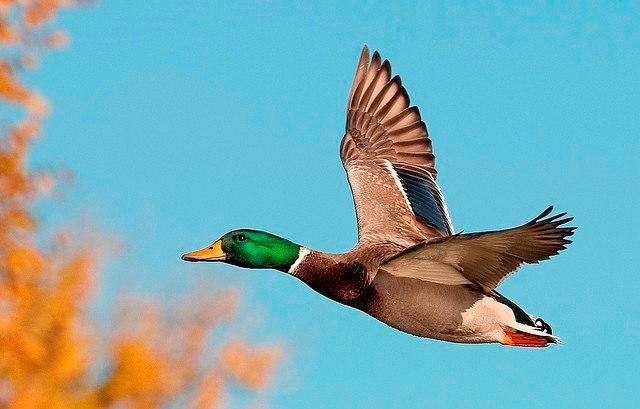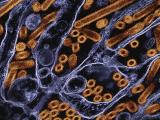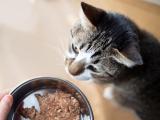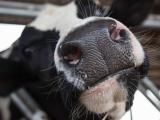The US Department of Agriculture (USDA) plans to develop and test a vaccine for the highly pathogenic avian influenza strains that have surfaced in nine western and midwestern states in the past few months, Reuters reported yesterday.
Meanwhile, Minnesota wildlife officials have ruled out wild birds as a possible source of the H5N2 virus that devastated a Minnesota turkey flock earlier this month, after tests of wild birds in the area showed no signs of the virus.
HPAI H5N8 and H5N2 viruses were found in five western states starting in December, and this month the H5N2 strain struck turkey farms in Minnesota, Missouri, and Arkansas, along with a backyard poultry flock in Kansas.
Reuters reported yesterday that the USDA is developing a poultry vaccine for the new strains and will test it on chickens within 2 months, in case it is needed to prevent widespread outbreaks. Mark Jackwood, PhD, MS, head of the University of Georgia's Department of Population Health, told Reuters that use of a vaccine may be considered if avian flu "gets to the point where we cannot contain it."
The USDA's Southeast Poultry Research Laboratory in Athens, Ga., is working on the new vaccine, the story said. Director David Swayne, PhD, said the lab tested an existing avian flu vaccine and found it didn't work very well. The story didn't specify what strain that vaccine was made for.
No H5N2 in Minnesota wild birds
In Minnesota, no evidence of the H5N2 strain has been found in samples from wild birds that were near the affected farm at the time of the outbreak earlier this month, according to Lou Cornicelli, PhD, wildlife research manager for the Minnesota Department of Natural Resources (DNR).
DNR officials said earlier that samples from two mallards were positive for influenza A viruses in preliminary tests. But further testing of those samples by the USDA has ruled out any H5 or H7 strain, Cornicelli told CIDRAP News today.
"That's it for testing," he said. "The bottom line is that migratory waterfowl weren't there when the birds [turkeys] got infected, and the resident ones [wild birds] were negative. So in Minnesota this can't be a wild bird issue."
DNR officials said earlier they had collected 148 fecal samples from wild birds in the vicinity of the western Minnesota outbreak. Wild birds have been widely suspected of spreading H5N8 from Asia to the United States and diffusing both strains within the country, but some experts have questioned that thinking.
See also:
Mar 23 Reuters story
Related Mar 16 CIDRAP News story on role of wild birds





















